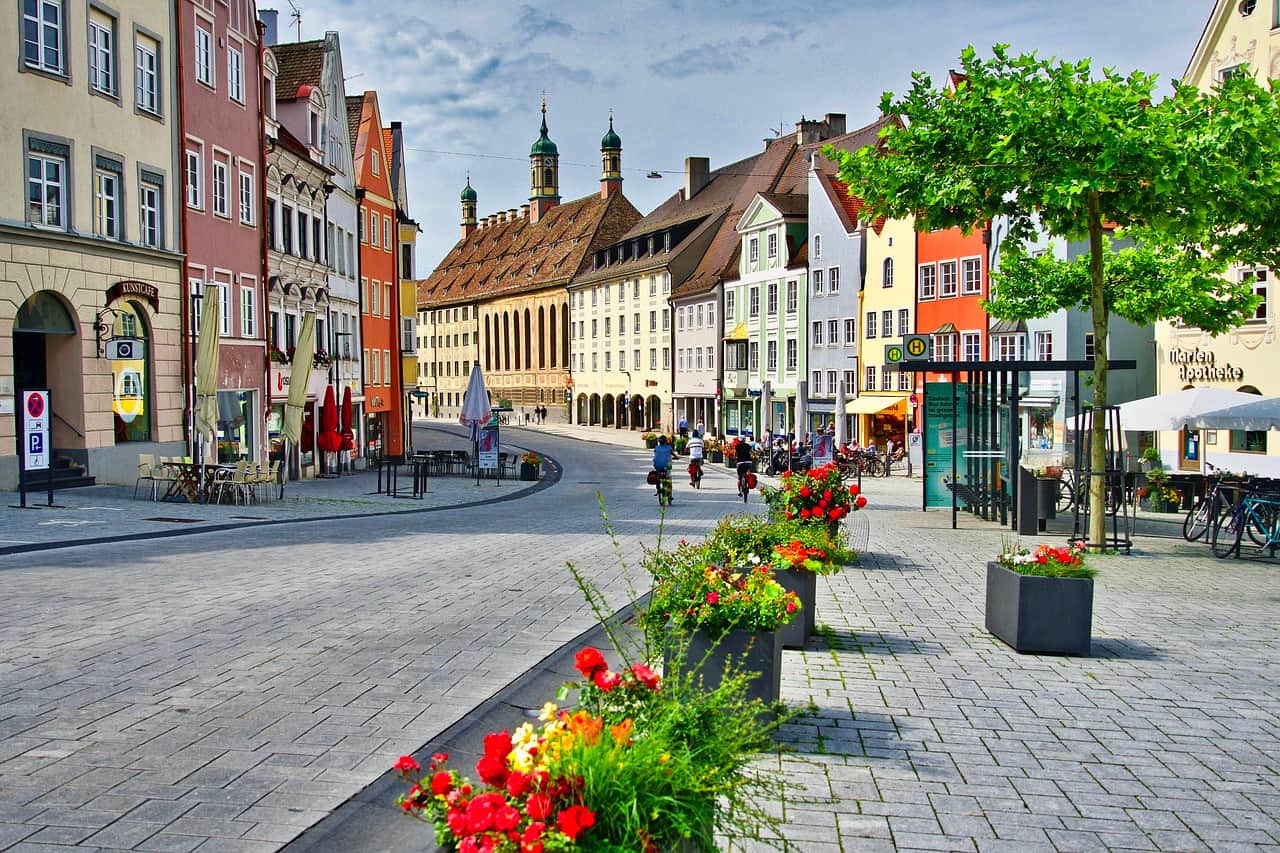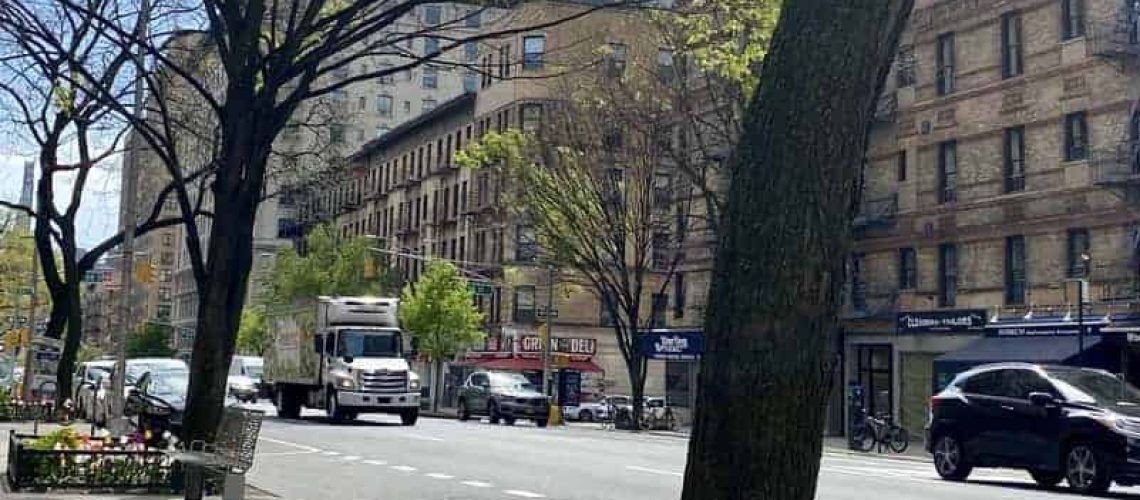In the ever-evolving urban landscape, green assets like trees and parks have become precious commodities. Among these, fruit trees, in particular, hold immense value not just for their aesthetic appeal but also for the bounty they provide. Protecting these natural treasures has become a priority for many, leading to the adoption of tree protection fences. But why is selecting the right fence crucial, and what should be avoided in the process? Moreover, who bears the responsibility for installing these protective barriers?
Understanding The Need For Tree Protection Fences
Trees, particularly young ones and fruit trees, are incredibly vulnerable to a variety of threats. These include mechanical damage from lawn equipment, browsing by wildlife, and stress from pedestrian traffic. The right fence acts as a guardian, shielding the tree from physical harm while also creating a microenvironment that fosters growth and development. The benefits are multifold: from safeguarding the structural integrity of the tree to enhancing fruit production, and even extending the tree’s lifespan.
The Consequences Of Poor Selection
Choosing the wrong type of fence can have detrimental effects on a tree’s health and growth. A poorly selected or improperly installed fence can constrict a tree’s growth, damage its trunk and branches, and restrict necessary air and water flow to the roots. In some cases, the wrong material may even introduce harmful chemicals into the soil, affecting not just the targeted tree but the surrounding plant life as well.
What To Avoid When Selecting A Tree Protection Fence

Choosing the right tree protection fence is a critical decision that can significantly impact the health and longevity of trees, especially fruit trees, in parks, gardens, and various landscaping projects. While the intent is to protect these vital plants, certain common mistakes can undermine the very purpose of installing fencing. Here, we delve into what to avoid during the selection process, ensuring your efforts to protect fruit trees and other plant species are successful and sustainable.
Overlooking the Specific Needs of the Tree
One size does not fit all when it comes to tree guards and fences. Each species of tree, especially fruit trees, has unique requirements in terms of space, light, and protection. A simple fence that might be adequate for one type of tree could be wholly inappropriate for another, potentially restricting growth or failing to provide necessary protection against wildlife and environmental factors. It’s essential to consider the specific needs of each tree, including the size of its trunk, the spread of its roots, and its growth patterns, before selecting a fence.
Choosing the Wrong Materials
The materials from which fences are made can have a profound effect on their efficacy and longevity. Materials that are not durable enough may fail to protect the tree adequately, while those that are too harsh or invasive can damage the tree’s trunk or roots. Additionally, certain materials can leach harmful chemicals into the ground, affecting the tree’s health. Opt for materials that offer a balance between strength and gentleness, ensuring they can weather the elements without harming the plant.
Neglecting the Installation Process
How a fence is installed is just as crucial as the fence itself. An improperly installed tree guard can cause more harm than good, potentially damaging the tree’s root system or restricting its natural growth. The installation process should ensure that the fence is securely anchored in the ground yet allows enough room for the tree to grow. Avoid shallow installations that can easily be uprooted or those that are too tight around the tree’s trunk.
Ignoring the Importance of Access
Access for maintenance, watering, and care is vital for the tree’s health. Fences that are difficult to open or that hinder access to the tree can make it challenging to perform necessary upkeep, ultimately affecting the tree’s vitality. It’s important to select fencing solutions that include gates or removable sections to ensure that caretakers can easily reach the tree when needed.
Forgetting to Plan for Growth
Trees grow — both upwards and outwards. A fence that fits perfectly when installed can quickly become a constraint as the tree expands. This is especially true for fruit trees, which can grow significantly over a few seasons. Selecting a fence without considering the future growth of the tree can lead to restricted growth and even damage to the tree’s trunk and branches. Ensure the design allows for easy adjustment or expansion to accommodate growth over time.
Overlooking Aesthetic Integration
While the primary function of a tree protection fence is to safeguard the tree, considering its visual impact on the surrounding landscape is also important. A fence that clashes with the aesthetic of a park, garden, or landscaping project can detract from the overall beauty of the space. The ideal fencing solution should blend functionality with design, complementing the environment while providing the necessary protection.
The Responsibility Of Tree Protection Fence Installer
The installation of tree protection fences is a task that requires careful planning and execution. Generally, the responsibility falls on the shoulders of the property owner or the project manager in charge of the site where the trees are located. However, in public spaces like parks, the local government or park management usually takes up this mantle. Regardless of who is responsible, the installation must be done by professionals or under the guidance of experts to ensure that the fences serve their purpose without harming the tree.
Professionals involved in the installation process must consider the tree’s current and future needs, ensuring that the structure is both effective and sustainable. Customer satisfaction, especially in private projects, hinges not just on the fence’s functionality but also on its aesthetics and how well it blends with the environment.
The Process Of Building The Right Fence
To save trees effectively, the process of building and installing the right fence involves several key steps:
- Assessment: Evaluating the tree’s size, type, and particular needs is the first step. This includes understanding the root system’s spread, which is crucial for setting up an effective barrier without hindering growth.
- Design: Based on the assessment, a design that complements the tree’s needs while also fitting the customer’s or project’s aesthetic and functional requirements is developed.
- Material Selection: Choosing materials that are durable, environmentally friendly, and safe for the tree is a critical step.
- Installation: The actual installation must be carried out with precision, ensuring that the fence is securely anchored and provides the necessary protection without affecting the tree’s health.
- Maintenance and Access: Finally, the design should incorporate elements that allow for easy access for maintenance tasks, ensuring that the tree remains healthy and well-cared for.
Final Thoughts
Protecting our trees with the right type of tree guards and fences is not just a matter of enhancing our immediate environment. It’s about preserving biodiversity, supporting local ecosystems, and contributing to the health and well-being of our communities.
By choosing the right fence, avoiding common pitfalls, and ensuring professional installation, we can protect these natural treasures for generations to come. The journey towards effective tree protection starts with understanding the importance of the right tree protection fence.
